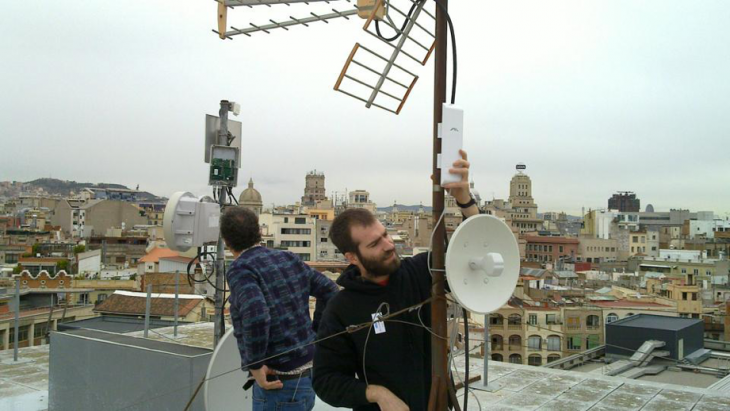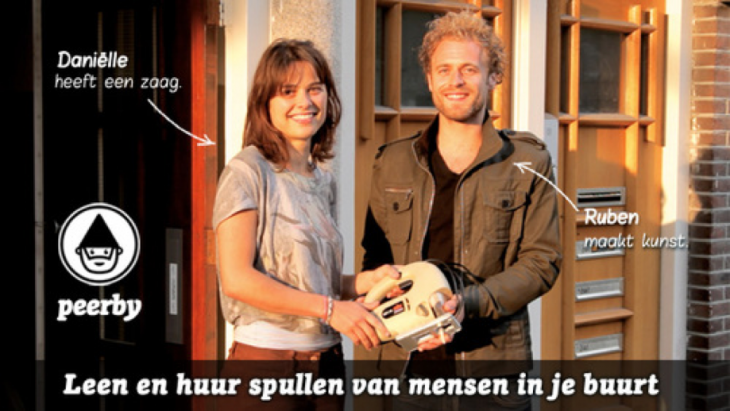CITIES FOR CITIZENS
Seminar Faculty: Mara Balestrini
Citizens are increasingly harnessing the potential of digital technologies to actively participate in urban matters, share efforts, resources and skills, and taking ownership of their contexts possibly affecting social, economic and/or political change. In some cases, citizen engagement strategies have been instigated by city councils with the aim to involve people in decision-making regarding civic and urban planning issues, or as part of a “technology push” aimed to support companies that create and sell urban ICTs. However, some of the most compelling participatory initiatives that transformed diverse aspects in cities have been instigated from the bottom up. In Fukushima, for example, after the nuclear disaster at the Daiichi Power Plants, engaged citizens collaborated with experts, makers and enthusiasts to deploy radiation sensors and produce open data that benefited society as a whole.

The Guifi.net community provides free and open internet connectivity.
An approach to “Cities for citizens” entails putting citizens at the heart of the design process, with the understanding that diversity and power struggles are key to any city’s identity. In this seminar we will identify, unpack and analyse a corpus of examples where citizens have used technology to address issues of common concern, and therefore transformed different aspects of their cities. We will review and discuss approaches to participation, from consultation to empowerment, along with their design and implementation considerations.

Peerby. Neighbours share items such as drills, irons or ladders.
The seminar comprises two group assignments. The first one involves mapping and analysing citizen-driven urban initiatives that make use of technology; and the second one entails the design of a citizen engagement strategy aimed to foster participation to tackle an issue of concern identified by the students.

FixMyStreet. Citizens use technology to report urban issues.